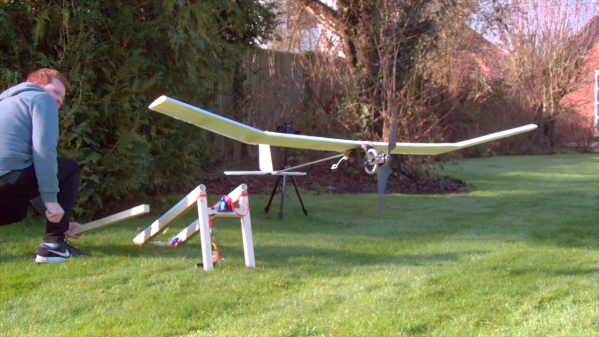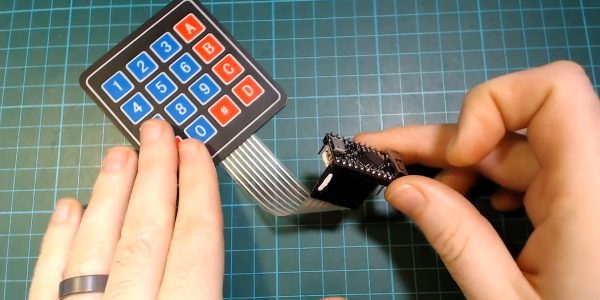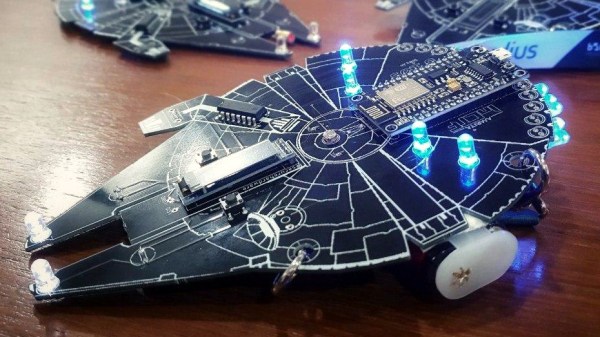Question: Can a flywheel store enough energy to power an airplane? Answer: Yes it can, for certain values of “flywheel” and “airplane.”
About the only person we can think of who would even attempt to build a flywheel-powered airplane is [Tom Stanton]. He’s a great one for off-the-wall ideas that often pay off, like his Coandă effect hovercraft, as well as for ideas that never got far off the ground, or suddenly met it again. For most of the video below, it seems like his flywheel-powered plane is destined to stay firmly in the last category, and indeed, the idea of a massive flywheel taking flight seems counterintuitive. But [Tom] reminds us that since the kinetic energy stored by a flywheel increases as the square of angular velocity, how fast it’s turning is more important than how massive it is. The composite carbon fiber and aluminum flywheel is geared to the propeller of a minimal airplane through 3D-printed bevel gears, and is spun up with an external BLDC motor.
Sadly, the plane never made it very far, no matter how much weight was trimmed. But [Tom] was able to snatch victory from the jaws of defeat by making the propeller the flywheel – he printed a ring connecting the blades of the prop and devised a freewheel clutch to couple it to the motor. The flywheel prop stored enough energy to complete a few respectable flights, as well as suffer a few satisfyingly spectacular disintegrations.
As always, hats off to [Tom] for not being bashful about sharing his failures so we can all learn, and for the persistence to make his ideas take flight.
Continue reading “Flywheel Stores Energy To Power An Airplane – Eventually”















